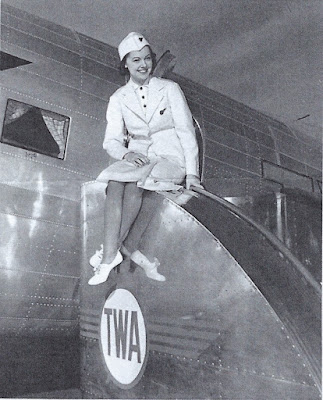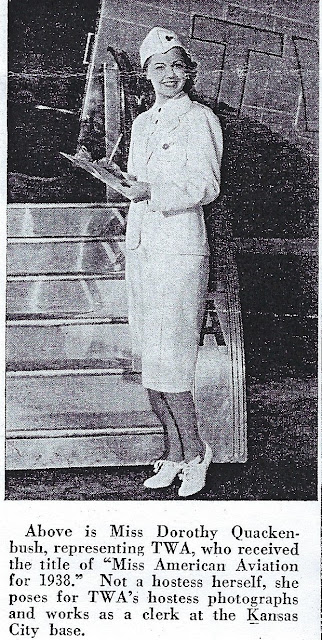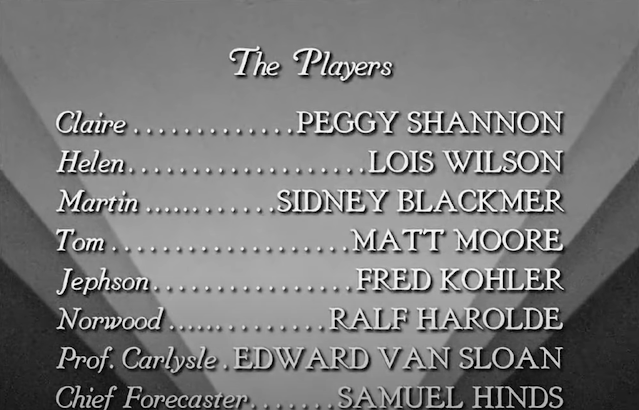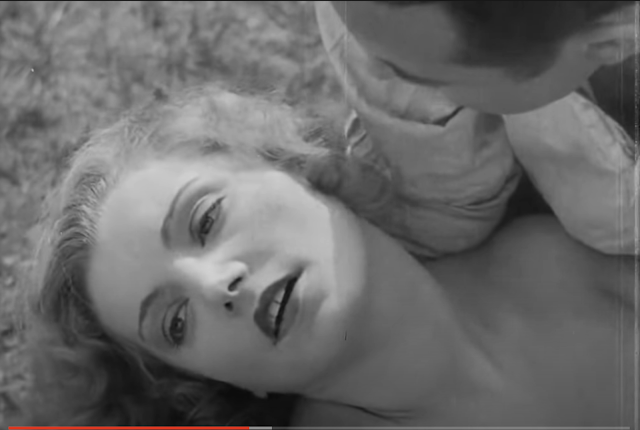Stage and screen actress Katherine Emery was born in Birmingham on October 11, 1906. By the time of the 1910 U.S. Census, she and her parents and two sisters were living on West 139th Street in Manhattan. How did that happen? Let's investigate.
The parents, James A. Emery and Annie Eliza Comer, married in Midway, a small town in Bullock County, in late November 1903 at the home of her parents, Mr. and Mrs. J. Fletcher Comer. The engagement had been announced in the Montgomery Advertiser issue of October 25.
Emery graduated from MIT in 1893 and began a long career in engineering, utility and railroad businesses. In the early period he ran street railways in New Orleans and Atlanta and served as Vice-President and general manager of the Birmingham Railway Light and Power Company. The couple remained in the state until at least 1909; Katherine and her two sisters were all born in Alabama. However, they were all in Manhattan by the time the 1910 census enumerator came around to their address.
How James and Annie met is unknown. She was his second wife. When he died on February 23, 1943, he was Vice-President of Ford, Bacon, and Davis, Inc., a prominent firm in utility and railroad work. Annie did not outlive him that long; she died on February 9, 1951. As noted below, they are both buried in Eufaula. While in Alabama James had started the Emery Steel Company in Gadsden. I also read that Annie was a cousin of Alabama Governor B.B. Comer, but I've yet to confirm that item.
Thus the subject of this post did not live in the state for too many years. In 1928 Emery graduated from Sweet Briar College in Virginia, where she began her stage acting career. She continued with the University Players of Cape Cod alongside Jimmy Stewart and Henry Fonda. By 1932 Emery had made it to Broadway.
She appeared in several productions there over the next twelve years, but one appearance stood out. From November 1934 until July 1936, Emery starred in one of the lead roles in the first Broadway production of Lillian Hellman's play The Children's Hour. Another state native, Tallulah Bankhead, starred in the original 1939 stage production of Hellman's The Little Foxes, set in a small town in the state in 1900 and based on her mother's family in Demopolis.
Since she retired from acting in the early 1950s, Emery's film career was about the same length as her stage one. Her dozen movies ranged from crime dramas such as Eyes in the Night [1942] and Strange Bargain [1949] to a Boris Karloff thriller, Isle of the Dead [1945].
Emery married Paul Conant Eaton, a literature professor, on September 23, 1944, and they had two children. Daughter Rebecca Eaton has been Executive Producer of PBS' "Masterpiece" since 1985.
Emery died on February 7, 1980, and is buried in Maine.
Source: Wikimedia Commons





































































